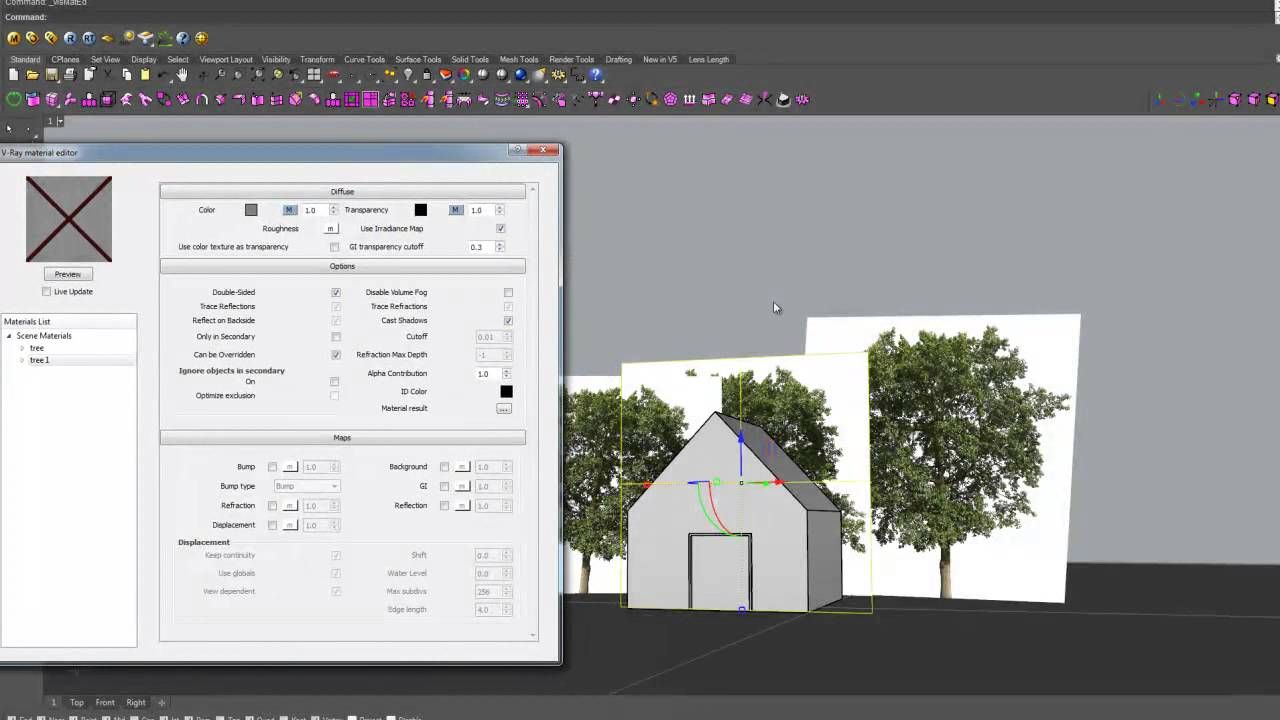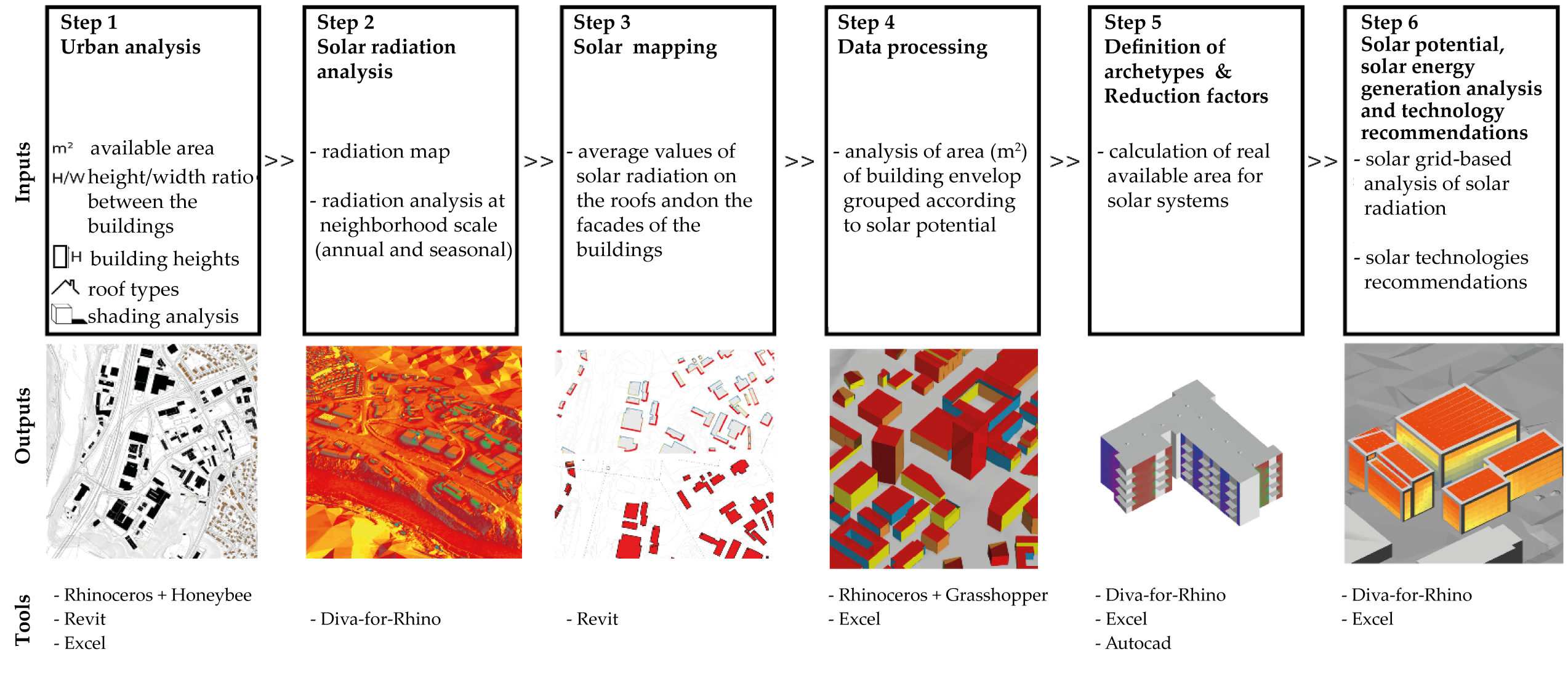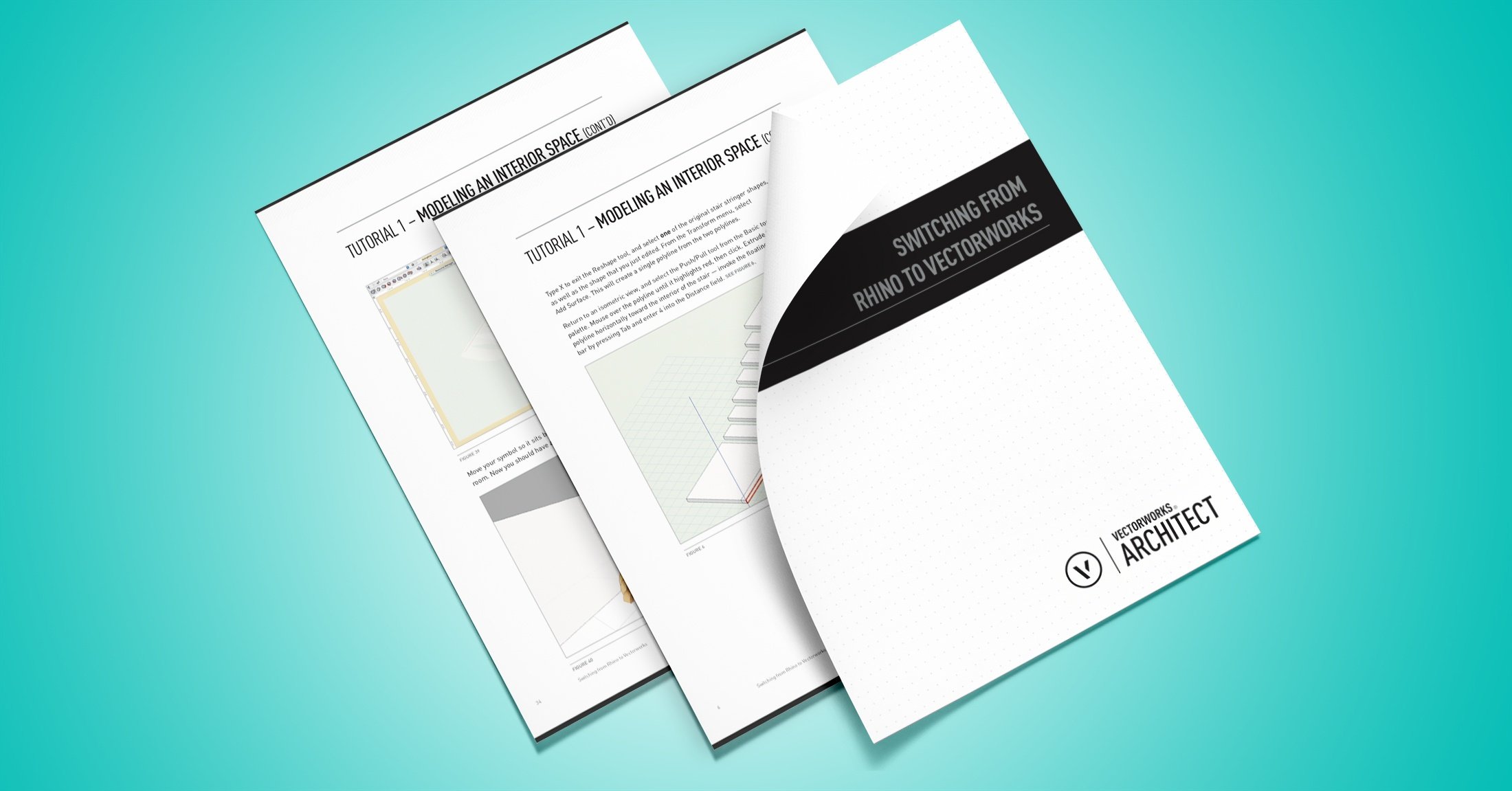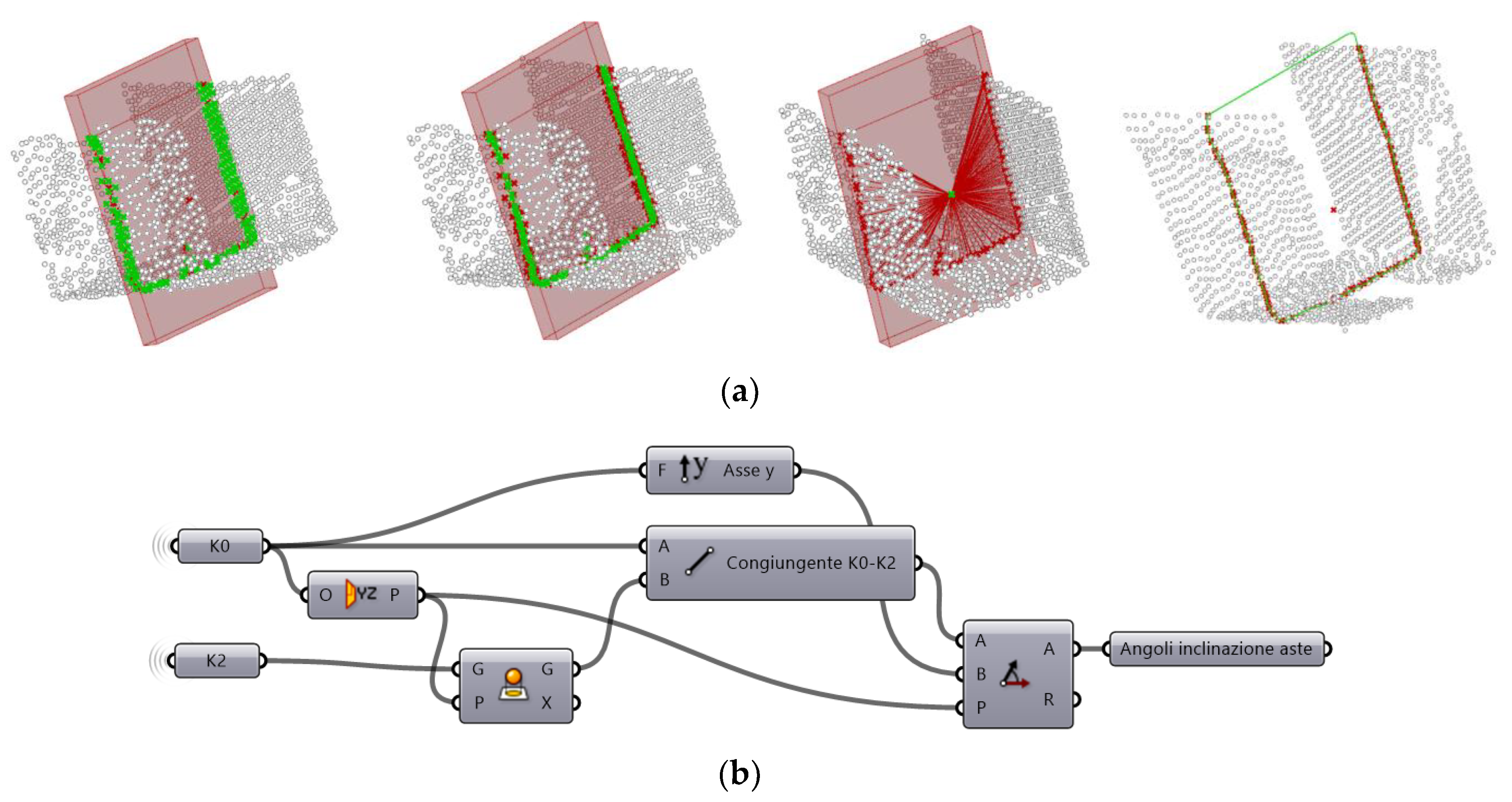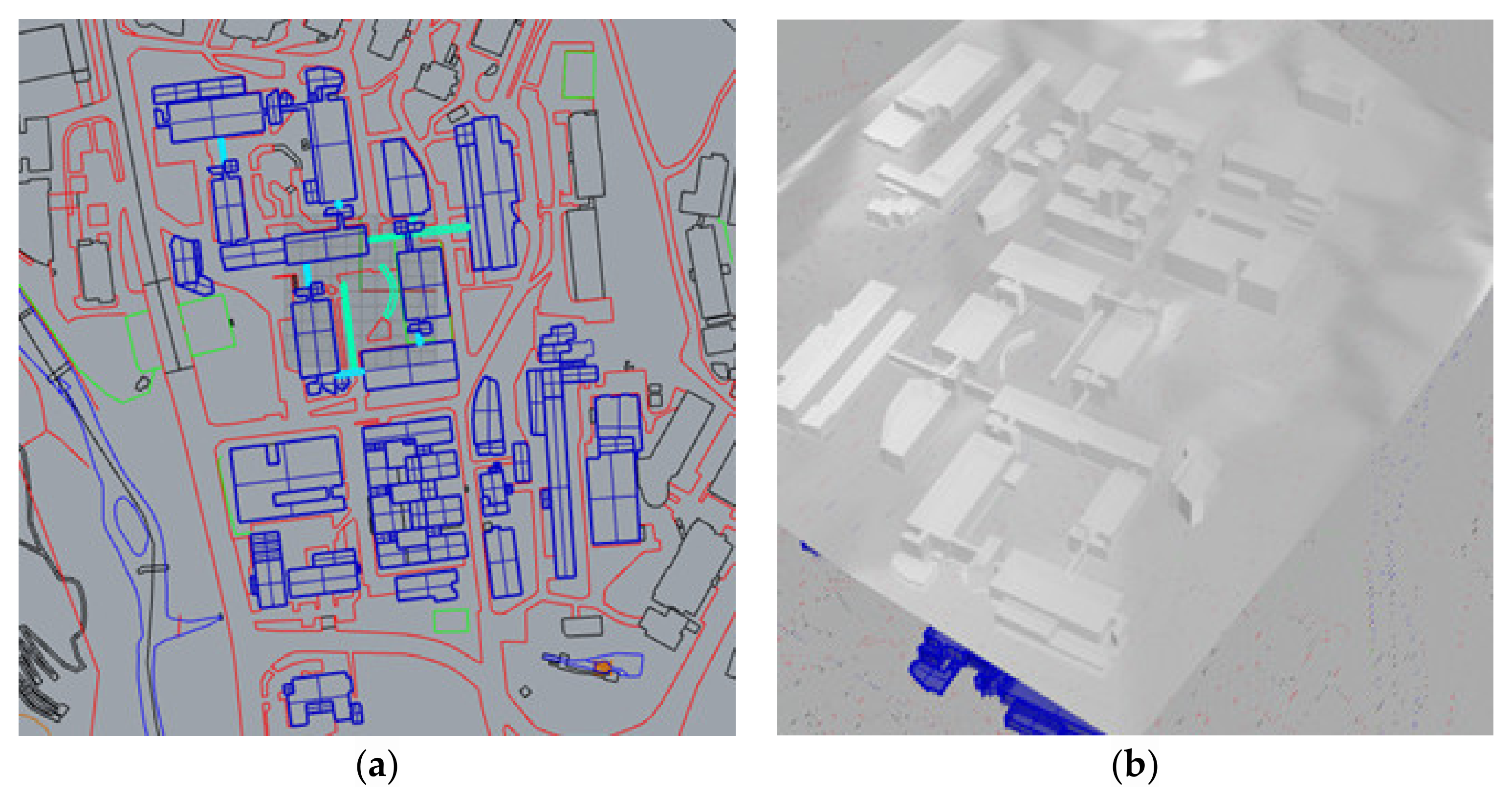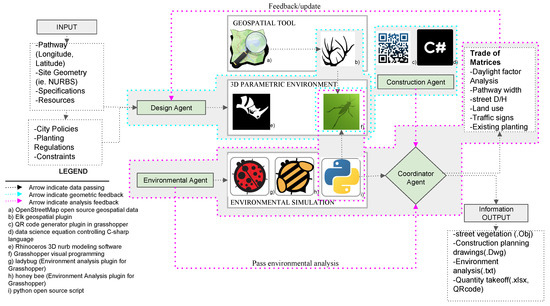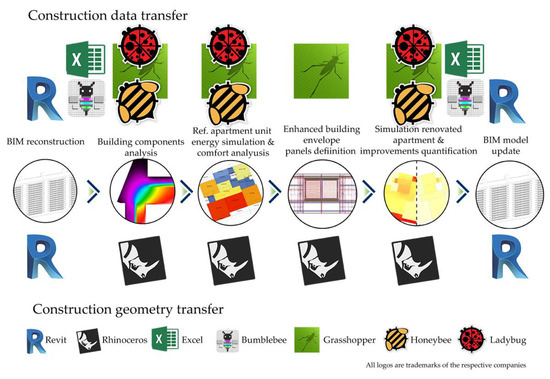This tutorial will cover some basic techniques for importing gis data into rhino using the grasshopper plugin in order to create a 3d site model with basic building masses.
How to transfer roof height information form rhino to gis.
Eaveheight eave height the minimum height of the building.
Calculate the elevation field to equal the z field.
Roofform roof form the shape of the roof.
Both of these issues rely on information about where rhinos are and why.
Most gis building shapefiles have building heights embedded in them that you can tap into with grasshopper to automatically extrude to the correct height.
The problem is that when i try to export the file into arcgis it puts the model in the indian ocean.
Gis and rhino conservation in situ rhino conservation is based on security and biological management e g.
Using rhino s patch command we will make a terrain using the altitude points.
Use the built in.
If the shapefile has a pointz and there is no field that contains the elevation navigate to arctoolbox data management tools features add xy coordinates.
I ve tried using.
Thus there is a distinct spatial element that makes data storage presentation and analysis using gis an appropriate approach.
Open a new rhino file file new large objects meters 3dm.
Emslie and brooks 1999.
Buildings with no eave height have flat roofs.
If it doesn t then you can just write a grasshopper script to randomly extrude the curves to a set range of heights to give the appearance of it being less uniform than extruding them all by.
I ve been using sketchup to pull the gis data exporting it to rhino as a dwg and then using the contour command to get the contours i need.
You may see some dips in the terrain where some points have erroneous height values.
We will assign the x y z values to all be read from excel.
This method generates nurbs geometry in rhino allowing you to use features like make2d to export vector graphics.
Import image as plain.
The best way to get a gis based elevation model to rhino terrain is by exporting it to an asciigrid.
This is accomplished with the raster to ascii tool in the conversion tools from raster toolbox as described in the digital elevation models tutorial.
The following image shows what each roof form looks like.
Then sub divide it 2048 or 4096 times or less if you do not have 32 gigs of ram and add a displacement to it using the height data in 32bit float normalized to 0 to 1 tiff image.
Separate the two layers in rhino as you import.
Altitude and station entrance tsv files.
This creates an x y and z field within the point shapefile.
I m currently working on a project in argentina where i need to extract the gis data to get contour lines of our site.





